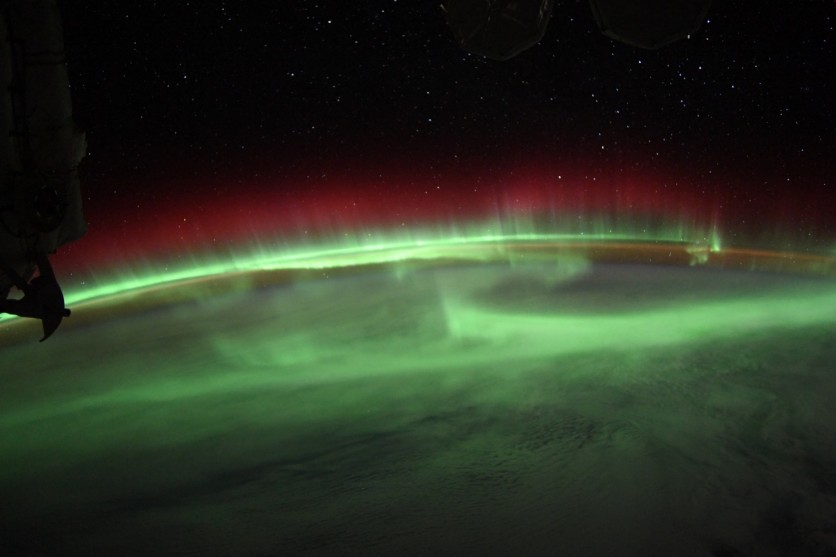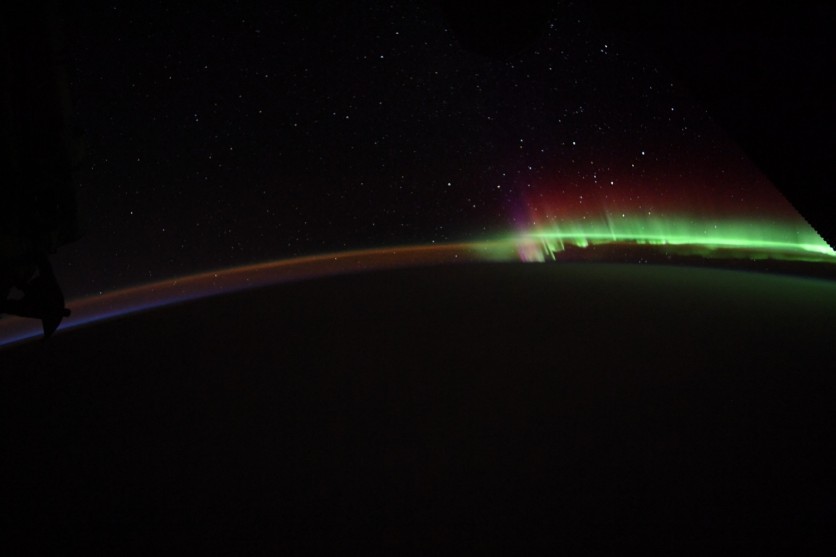The International Space Station captured this amazingly stunning time-lapse video of an aurora, which was witnessed from above rather than below after a powerful solar storm slammed the Earth's atmosphere, as reported first by Futurism.
This time-lapse video shows an orbital pass above an aurora-draped Indian Ocean all the way to a moonlit Coral Sea east of Australia. pic.twitter.com/U5pGdtdRvD
— International Space Station (@Space_Station) September 5, 2022
A Delight in the Eyes
Even though this display is not a rare sighting, it remains to be a delight in the eyes. In the time-lapse video, NASA's space station passes over the Indian Ocean while the Moon rises in the distance like a huge beacon of light hidden behind the Canadarm2 robotic arm.
The planet is blasted by highly charged particles as the Sun enters the most chaotic phase of its 11-year cycle. These particles collide with our planet's magnetosphere and release energy in the shape of light.

Astronauts may occasionally find themselves flying directly through the aurora itself since some of these auroras take place at an altitude that is similar to that of the ISS.
"Absolutely SPECTACULAR aurora today!!! Thankful for the recent solar activity resulting in these wonderful sights!" NASA astronaut Bob Hines, who was on board the space station at the time, said in a tweet.
According to NASA, in a recent Instagram post, when solar particles interact with air oxygen they produce the vivid red and green hues shown in this photograph. On the other hand, if these same particles strike nitrogen in our atmosphere, the sky will light blue and purple.
More Solar Activities to Anticipate
NASA's Parker Solar Probe has recently zipped past the Sun, opening a plethora of research about the Sun that scientists could conduct in the future.
This perihelion occurs at a time when the Sun has been extremely active, with a Sunspot the size of Earth and recent geomagnetic storms and solar flare eruptions.
Hence, scientists are anticipating more solar activities to come such as the aurora display that the ISS has witnessed.
When Parker was launched in 2018, the Sun was at solar minimum, an inactive phase of the 11-year solar cycle. The Sun, however, is already more active than scientists had estimated, and activity is quickly returning to solar maximum, which is anticipated to happen in 2025.

Related Article : NASA's James Webb Space Telescope Sets Historic Milestone With First-Ever Image of an Exoplanet
This article is owned by Tech Times
Written by Joaquin Victor Tacla

![Apple Watch Series 10 [GPS 42mm]](https://d.techtimes.com/en/full/453899/apple-watch-series-10-gps-42mm.jpg?w=184&h=103&f=9fb3c2ea2db928c663d1d2eadbcb3e52)


